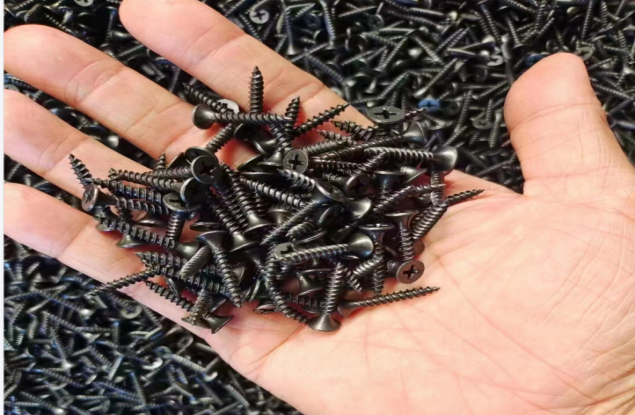Evaluation of Shear Strength Characteristics for Self-Tapping Screws in Various Applications and Materials
Understanding the Shear Strength of Self-Tapping Screws
Self-tapping screws have become a staple in various industries due to their ability to create their own mating threads in materials such as metal, plastic, and wood. Their convenience and efficiency are unparalleled, making them ideal for many applications, from construction to electronics. One critical attribute that engineers and designers need to consider when selecting self-tapping screws is their shear strength. This article delves into the concept of shear strength in self-tapping screws, factors that influence it, and practical implications in various applications.
What is Shear Strength?
Shear strength refers to the maximum load that a screw can withstand along its shear plane before failure occurs. In simpler terms, it measures the screw’s ability to resist forces that are applied parallel to the length of the screw. For self-tapping screws, achieving high shear strength is vital as it directly impacts their performance in assembly and long-term durability.
Factors Influencing Shear Strength
1. Material Composition The shear strength of a self-tapping screw is significantly influenced by the material it is made from. Common materials include stainless steel, carbon steel, and various alloys. Generally, screws made from higher tensile strength materials exhibit better shear strength.
2. Thread Design The specific design of the screw threads—such as their pitch, height, and contour—affects the distribution of stress when loads are applied. A well-designed thread can enhance grip and resistance to shear forces.
3. Diameter and Length The size of the screw plays a crucial role in its shear strength. Larger diameter screws tend to have higher shear strength due to the increased surface area that contributes to load distribution. Likewise, the length of the screw can affect its overall stability and resistance to shear loads.
self tapping screw shear strength quotes

4. Installation Technique Proper installation methods, including pre-drilling holes, the angle of insertion, and torque application, can significantly affect the shear strength of self-tapping screws. Over-tightening can lead to thread stripping or material failure, while under-tightening might not provide adequate resistance against shear forces.
5. Environmental Conditions The operating environment can also influence shear strength. Factors such as temperature variations, humidity, and exposure to corrosive substances can weaken the screw over time, necessitating careful material selection and protective coatings.
Practical Implications
Understanding shear strength is essential for the safe and effective use of self-tapping screws in applications such as structural support, automotive assembly, and HVAC installations. For instance, in construction, a self-tapping screw with inadequate shear strength may fail under load, potentially compromising structural integrity. Similarly, in electronics, where screws are often used to secure components, insufficient shear strength could lead to malfunction.
Design engineers must consider shear strength alongside other mechanical properties to select the right self-tapping screw for a specific application. Many manufacturers provide shear strength data in their product specifications, allowing engineers to make informed decisions based on material choice, thread design, and environmental factors.
Conclusion
In summary, the shear strength of self-tapping screws is a pivotal consideration that impacts their effectiveness in various applications. By understanding the factors that influence shear strength, designers and engineers can ensure that they choose the appropriate screws for their projects, leading to safer and more reliable results. As industries continue to evolve, ongoing research and innovation in self-tapping screw design and materials will further enhance their capabilities and applications.
-
Top Choices for Plasterboard FixingNewsDec.26,2024
-
The Versatility of Specialty WashersNewsDec.26,2024
-
Secure Your ProjectsNewsDec.26,2024
-
Essential Screws for Chipboard Flooring ProjectsNewsDec.26,2024
-
Choosing the Right Drywall ScrewsNewsDec.26,2024
-
Black Phosphate Screws for Superior PerformanceNewsDec.26,2024
-
The Versatile Choice of Nylon Flat Washers for Your NeedsNewsDec.18,2024










